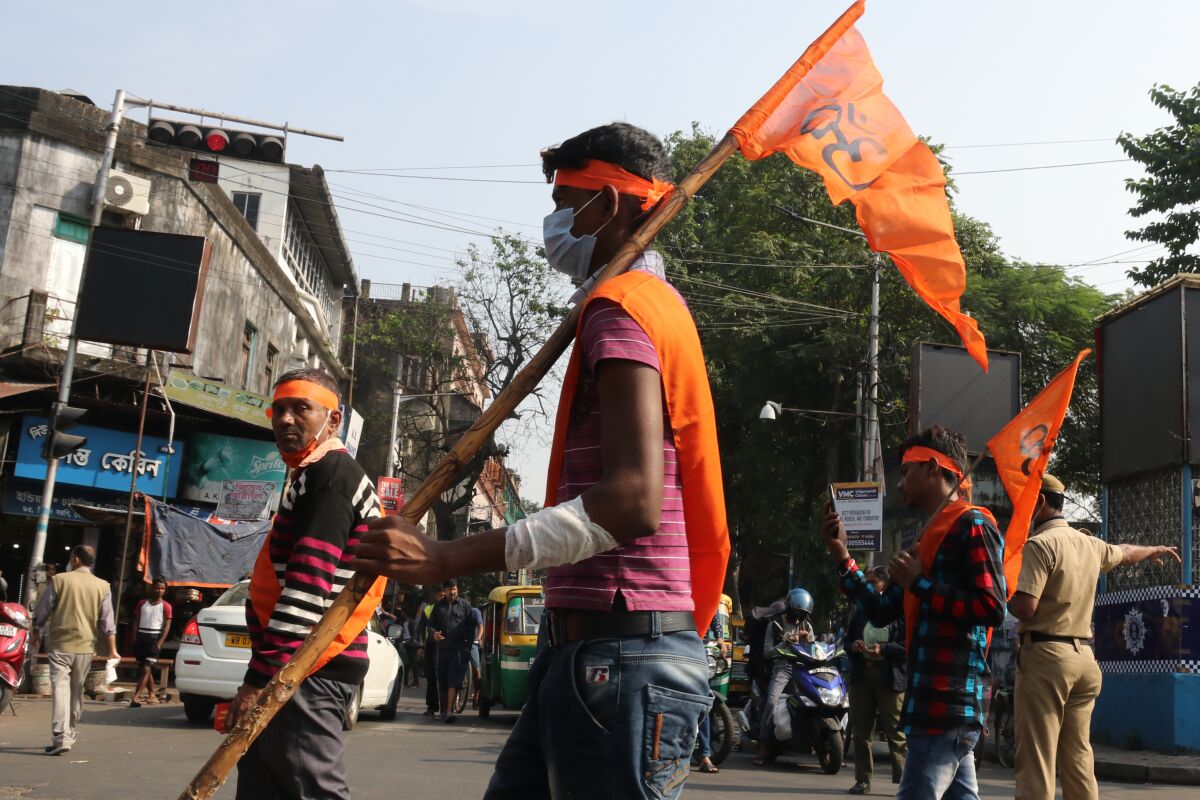
by Umar Moiz 1 May 2023
India’s press freedom ranking dropped two places to 142nd out of 180 countries in 2020, according to Reporters without Borders, a global watchdog that monitors media freedom. The organization said that India’s journalists are “attacked online and physically” and that those who espouse Hindutva, the ideology that gave rise to Hindu nationalism, are trying to purge all manifestations of “anti-national” thought from the national debate.
India has one of the largest and most diverse media markets in the world, with more than 100,000 newspapers and 380 TV news channels catering to different languages, regions and religions. However, it also faces many challenges and criticisms, including political interference, corporate influence, sensationalism, misinformation, violence against journalists and low press freedom rankings.
Many observers have accused Indian media outlets of being biased or lacking objectivity in their coverage of various issues, especially those related to the ruling Bharatiya Janata Party (BJP) and its leader, Prime Minister Narendra Modi. Some of the factors that contribute to media bias in India include government advertising revenue, ownership concentration, editorial pressure, market competition, audience preferences and ideological affiliations.
One example of media bias in India is the coverage of the recent farmers’ protest against a raft of agriculture reform laws. The protest turned violent on 26 January 2021 when some protesters clashed with the police and stormed the historic Red Fort in Delhi. One protester died during the rally. While police said he died when the tractor he was driving overturned, his family alleged that he was shot. His family’s account was published by various newspapers and magazines. However, eight journalists who covered or shared the story were charged with sedition and other crimes by the police in four BJP-ruled states. The Editors Guild of India said that these cases were “an attempt to intimidate, harass, browbeat and stifle the media”.
Another example of media bias in India is the reaction to foreign media reports that are critical of India’s policies or performance. Indian ministers and officials have often rebuked foreign media outlets for what they call their “racist”, “prejudiced” or “malicious” coverage of India.
For instance, in April 2023, Indian ministers slammed a German magazine Der Spiegel for publishing a cartoon that mocked India’s population size as it surpassed China’s for the first time. The cartoon showed a rickety old Indian train packed with people and swarms of passengers atop it. On a parallel track, a sleek Chinese bullet train was seen with just two drivers. The Indian ministers called the cartoon “outrageously racist” and accused the magazine of putting down India and sucking up to China.
Similarly, in August 2019, Indian authorities revoked the special status of Jammu and Kashmir, a disputed region claimed by both India and Pakistan. The move was followed by a security lockdown and a communication blackout in the region that lasted for months. Many foreign media outlets reported on the human rights violations and abuses that occurred during this period. However, Indian officials dismissed these reports as “biased” and “inaccurate” and accused foreign media of interfering in India’s internal affairs.
These examples show that India’s press freedom is under pressure from Hindu nationalism, which seeks to silence dissenting voices and promote a monolithic vision of India’s identity and interests. Media bias can undermine public trust in journalism and democracy. It can also damage India’s reputation and credibility in the global arena. Therefore, it is imperative that Indian media outlets uphold the principles of objectivity and professionalism in their reporting and resist any undue pressure or influence from any source.
India’s press freedom ranking is even lower than its neighbors Bhutan (67th), Nepal (112th) and Sri Lanka (127th), against the top five countries in terms of press freedom are Norway (1st), Denmark (2nd), Sweden (3rd), Estonia (4th) and Finland (5th). The bottom five are Turkmenistan (178th), North Korea (179th) and Eritrea (180th).
In response to these concerns, human rights groups have urged India to take immediate steps to respect press freedom and release any journalists detained on trumped-up or politically motivated charges for their critical reporting and stop targeting them and muzzling independent media. They have also called on India to repeal or amend the laws that are used to stifle press freedom, such as the sedition law, the Unlawful Activities (Prevention) Act, the Information Technology Act and the IT Rules of 2021, and ensure that they comply with international human rights standards.
They have further demanded that India ensure that journalists are protected from physical and online attacks, harassment and intimidation by state and non-state actors, and that perpetrators are promptly and impartially investigated and prosecuted. India should be urged to promote media pluralism and diversity, and prevent the concentration of media ownership and control by a few corporate groups or political parties.
India must foster a culture of respect for press freedom and journalistic ethics, and refrain from discrediting or undermining the credibility of independent media outlets or journalists.
About the Author
The author is a peace activist with masters in security studies from University of London, currently pursuing his PhD in Peace and Conflict Studies; reach out for any queries at umarsheikh90@proton.me.
